Submit a comment
Beneath the city of lights, Paris (France), walls covered with human bones contain creepy mysteries that make visitors' hair stand on end.
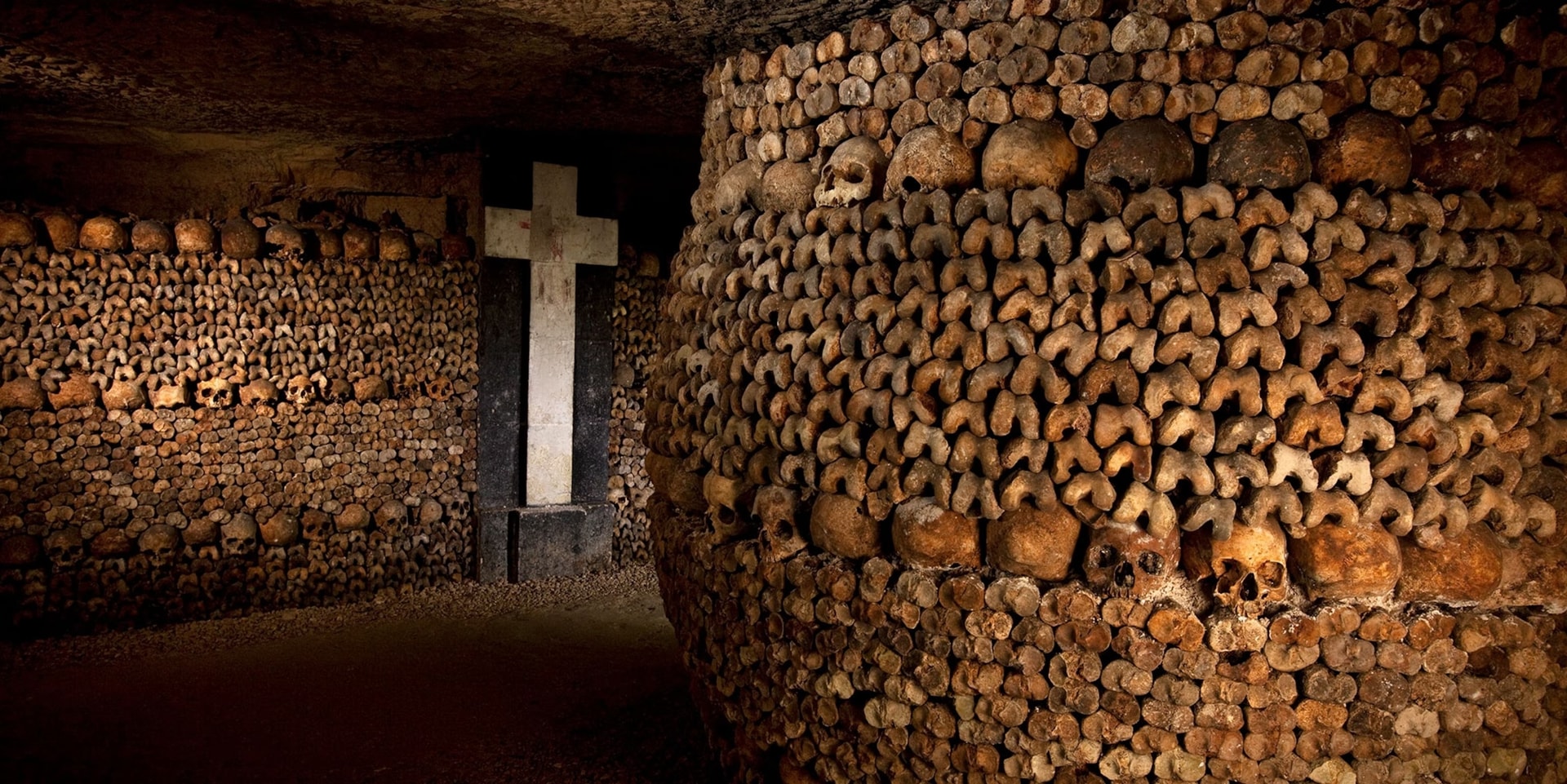 |
| Paris is famous for its iconic structures built from limestone, which was mined from a vast network of underground quarries that dates back to the Middle Ages. These tunnels stretch for nearly 200 miles and are now off-limits, but still attract unauthorised urban explorers known as “cataphiles”. These former quarries have hosted disco parties, art exhibitions and secret cinemas. |
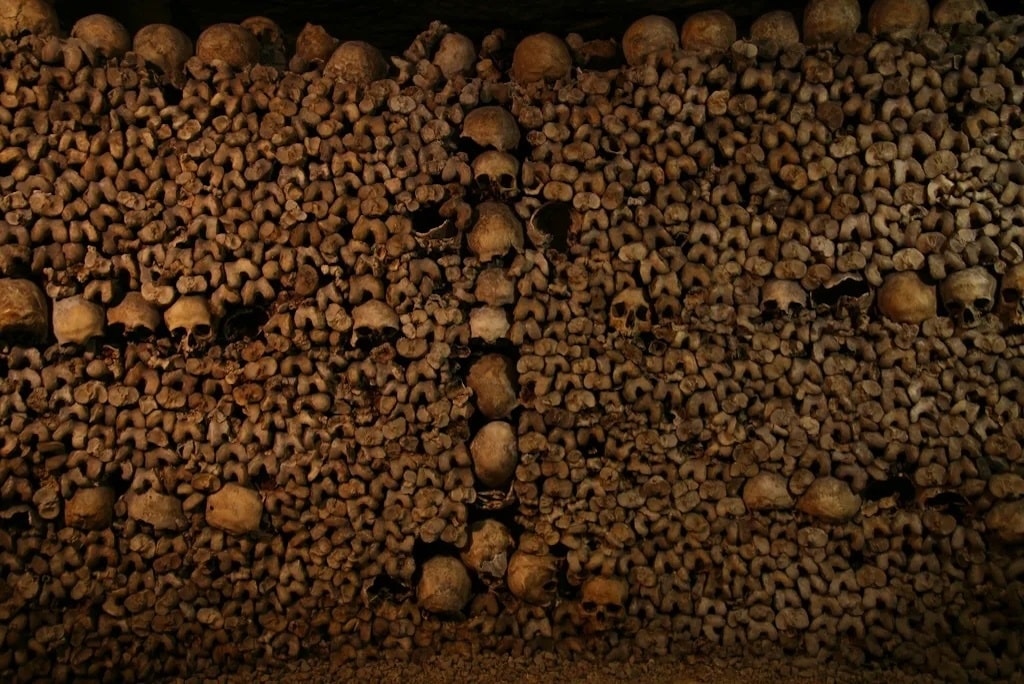 |
| The term “cataphile” comes from the “catacombs,” the vast catacombs containing the remains of some six million people beneath the 14th arrondissement in southern Paris. They are the only legal place to explore the underground tunnels and are a popular tourist attraction. The catacombs originated from a subsidence in 1774 when King Louis XVI appointed architect Charles-Axel Guillaumot as Inspector of Quarries to reinforce the underground tunnels under Paris. |
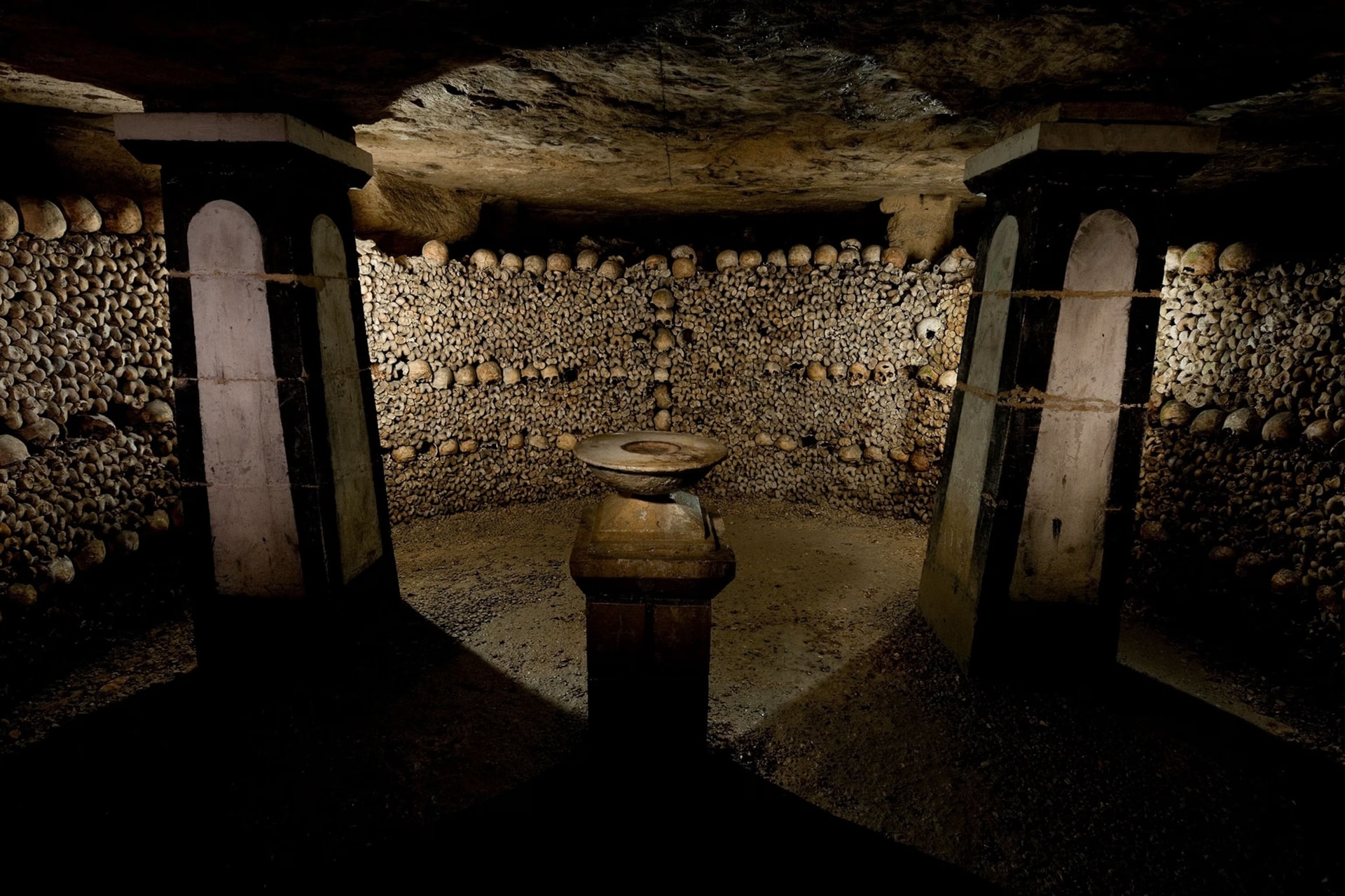 |
| A few years after the sinkhole incident, a horrific scene unfolded when a wall next to the Cimetière des Innocents cemetery collapsed, filling the adjacent wine cellar with corpses like a mass grave. Paris’s largest cemetery, which had been in operation since the 10th century, was overcrowded and unsanitary, forcing the king to order new cemeteries built outside the city. Bodies were exhumed and moved to new underground resting places, inspired by the catacombs of Rome. |
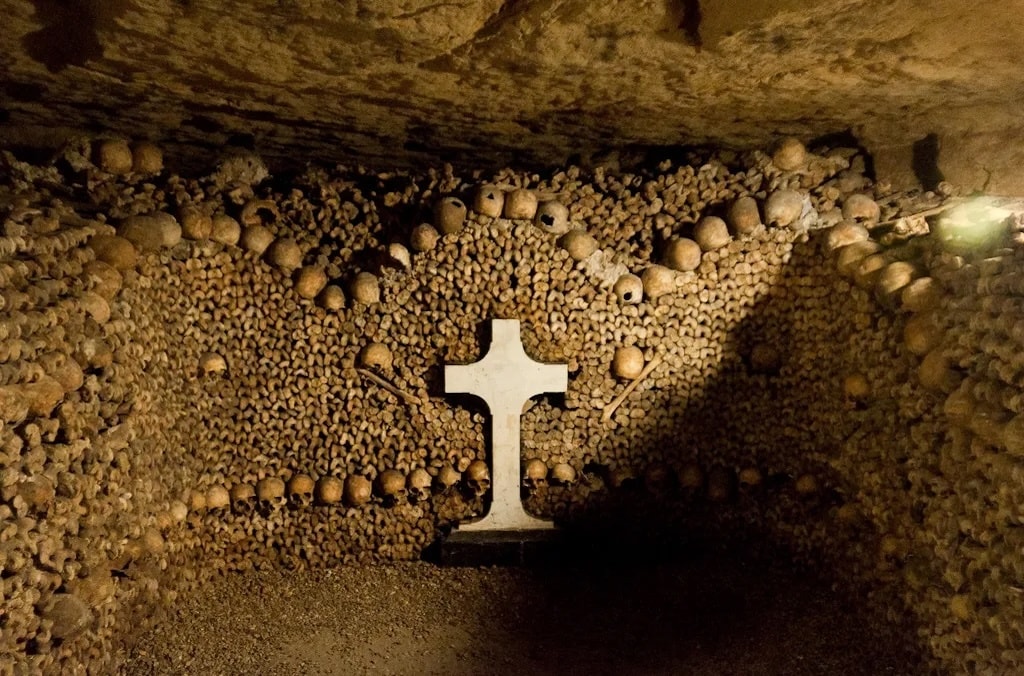 |
| Here, workers lined the walls with skulls, tibias, and femurs. Inscribed plaques bore the name of the original cemetery and the date the remains were moved. Les Catacombes de Paris opened to the public in 1809, with the entrance marked with the words: “Stop! This is the empire of death.” The catacombs quickly became famous, attracting Emperor Francis I of Austria and Napoleon III. |
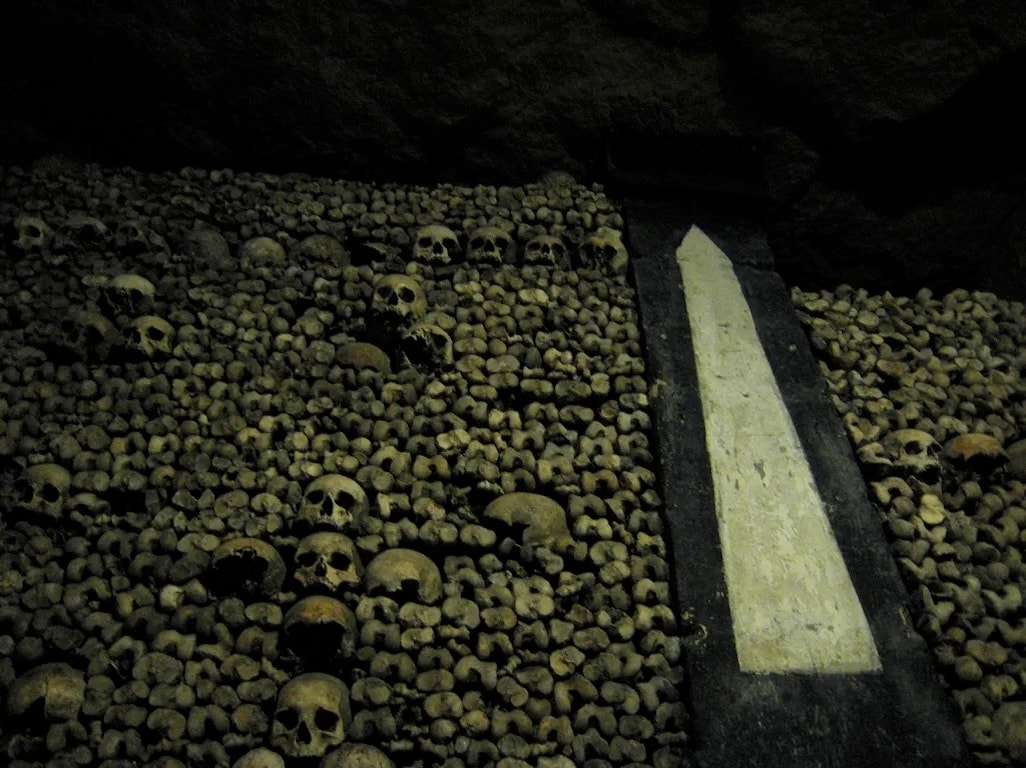 |
| The renowned photographer Gaspard-Félix Tournachon experimented here with the first photographs using artificial light for three months in 1861. Scientists studied the flora and fauna that thrived in the darkness. Naturalist Armand Viré even discovered crustaceans living in the catacombs. |
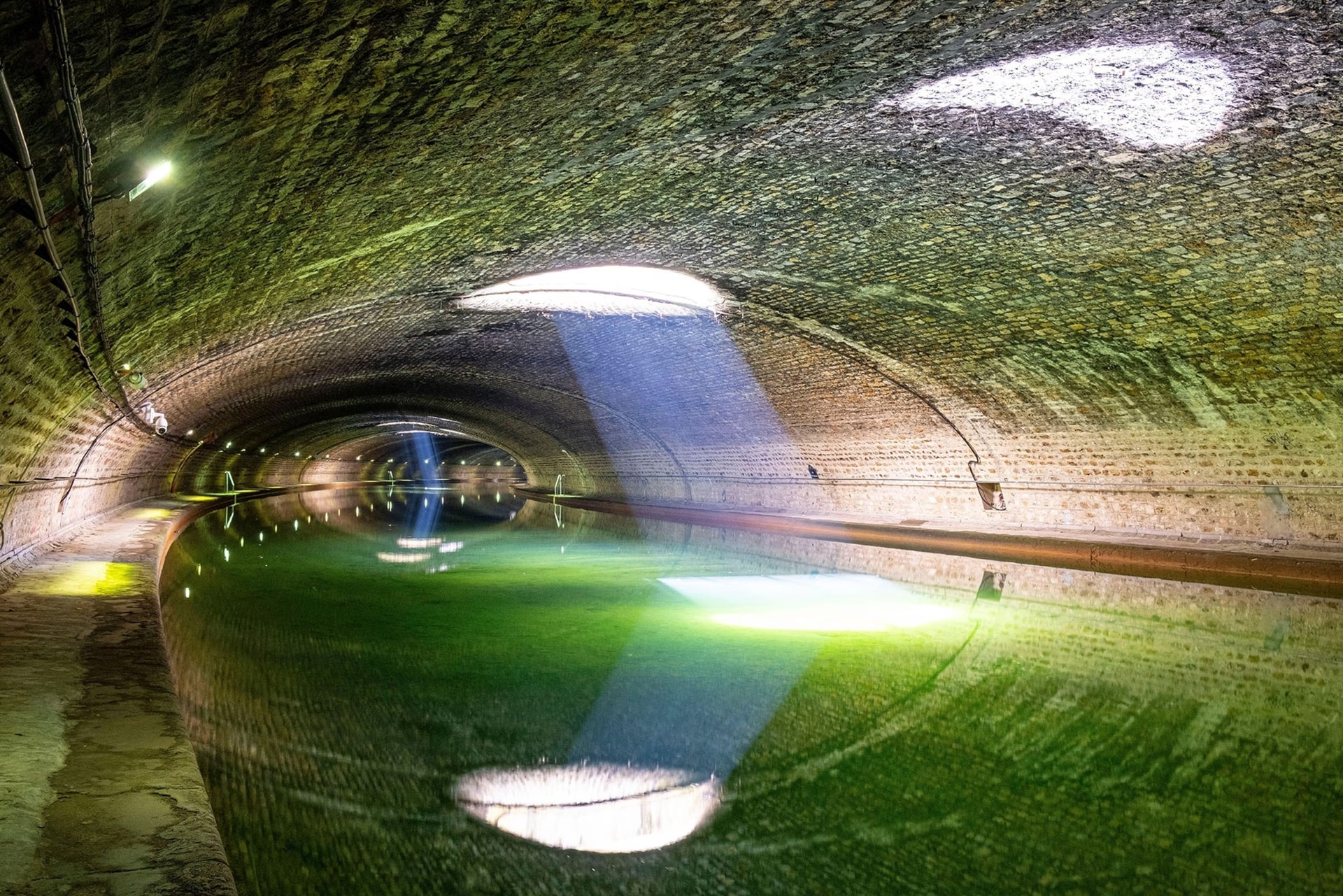 |
| Since its inception in 1900, Paris’ Métropolitain has become an integral part of city life. Not only is it a fast and efficient public transport system, but it is also a cultural and heritage icon, preserved by RATP (Paris’ transport authority). The underground stations are filled with art, from the Pont Neuf with its giant ceramic coin to the Arts et Métiers station, which resembles a submarine. |
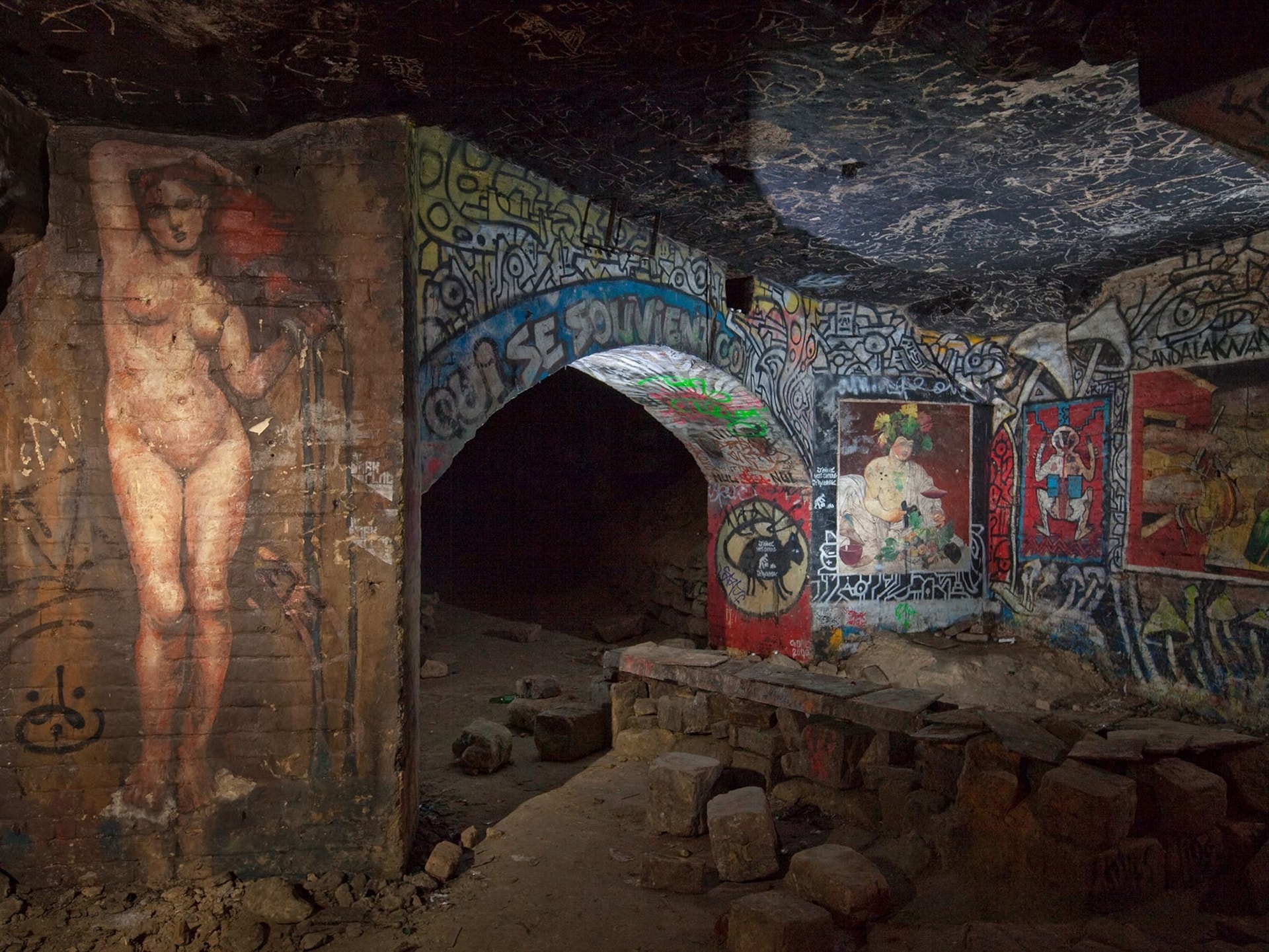 |
| A special feature is that the "ghost stations" that were in operation but abandoned since World War II, such as Saint-Martin, still retain their nostalgic charm with classic advertisements. Although no longer in operation, travelers on the Métro can still see something mysterious. Inside the locked doors, the corridors still retain the nostalgic look of the post-war period. Sometimes, these abandoned stations are used as a gallery to experiment with different advertising formats, brightening up the gloomy space under Paris. |
 |
| The Paris sewer system has long been a source of public curiosity. The first visitors came to the sewers in May 1867 during the Universal Exposition. Demand grew so high that luxury carriages were later built to take the public deep underground. In the past, sewage had run rampant through the streets of Paris. A six-month cholera epidemic in 1832 claimed 19,000 lives, spurring interest in sanitation in urban planning. |
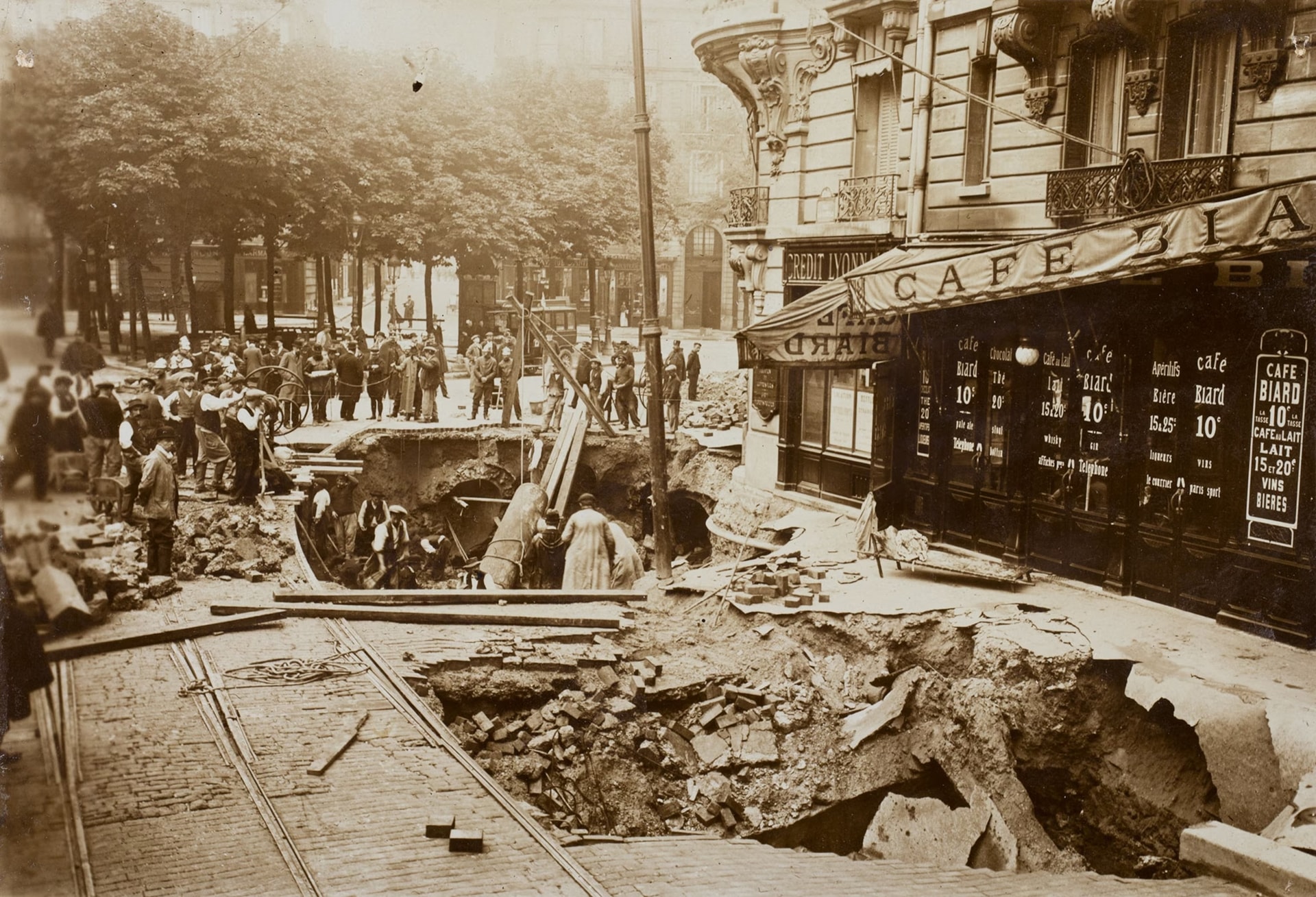 |
| Under the direction of Baron Haussmann and engineer Eugène Belgrand, the sewer system was modernized and remains in operation today. Today, the 2,670-km network is often referred to as “two round trips between Paris and Marseille.” Sanitation workers maintain the system, keeping the city running for millions of residents and visitors. |